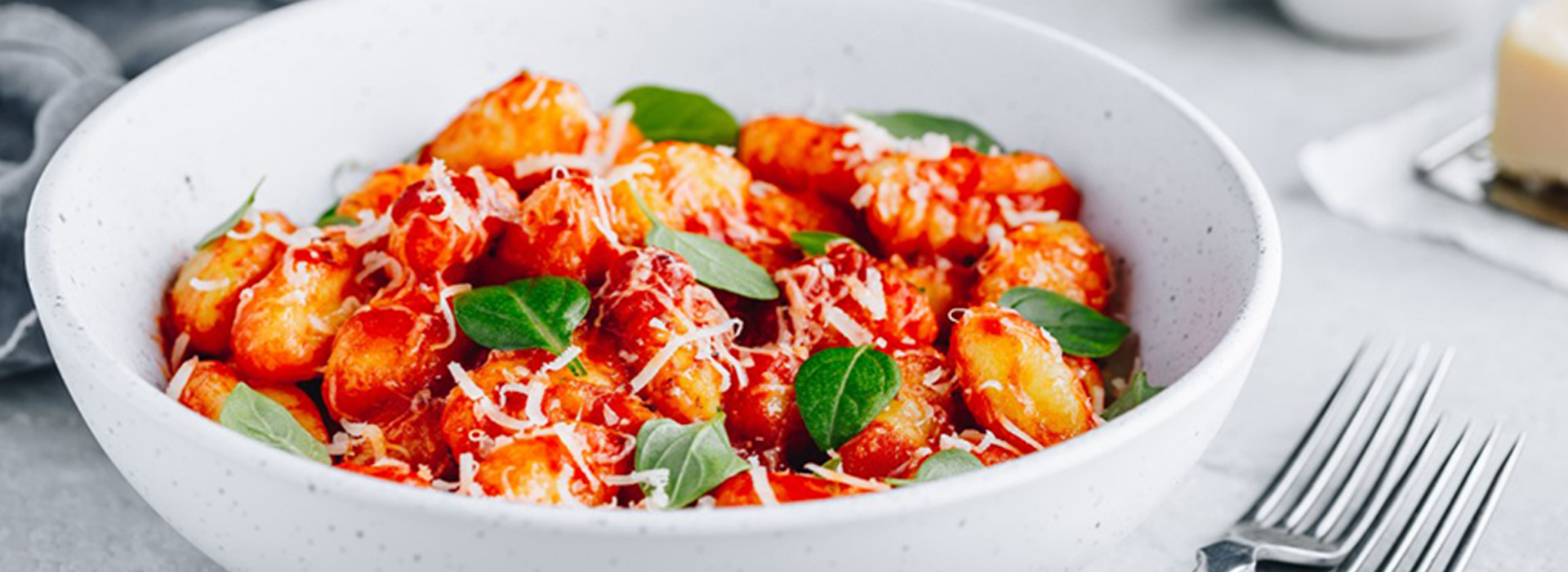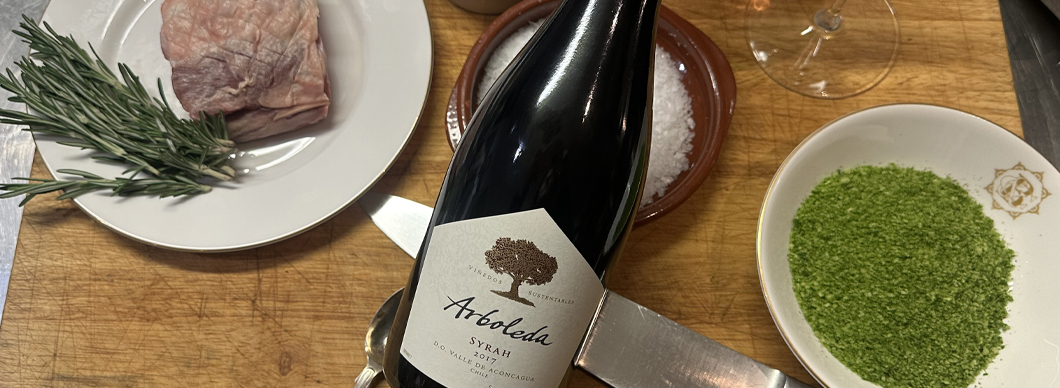
April 19, 2024
C&B Spotlight: Greg Reid
Q) Tell us a bit about you and your role at Corney & Barrow? I’m an account manager based in our Edinburgh office. I’ve been with C&B for fifteen years this year, initially managing our ...

April 19, 2024
Producer Spotlight: Simon Swa, Elephant Hill
Simon Swa, General manager at Elephant Hill Q) Tell us about the Elephant Hill Estate and how it was formed? The original vineyard was planted in the early 2000s, on the site of a former dee...

April 16, 2024
Bordeaux 2023 at C&B: setting the scene
It’s going to be an early, quick campaign. That, at least, is the word from Bordeaux. We’d better get started then. We are going to do things a little differently this year, in our communications...

April 5, 2024
How Rosé is Made
By Tiffany Vernon Approx time to read: 3 minutes Rosé is a wine style that isn’t taken too seriously but it is perhaps more nuanced than you might think. Achieving a pretty pink hue to a wine requi...

April 2, 2024
Wine and art: parallels between aesthetics with THE TAGLI
Guest Blog by Bella Blake, THE TAGLI Approx read time: 5 minutes Bella Blake – Director ?...

March 25, 2024
Wine and Chocolate: The Perfect Pairing
Spotlight on Spencer Hyman Approx read time: 5 minutes Over a decade ago, leading chocolate aficionado Spencer Hyman co-founded Cocoa Runners with Simon Palethorpe. Although his career began in th...

March 21, 2024
Wild Garlic & Ricotta Gnocchi
These are very easy to make with the wild garlic that grows in our woods and hedgerows at this time of year. Ingredients: Big handful wild garlic – finely chopped small handful parsley...

March 19, 2024
Fillet of Gurnard with Mussel Butter
Serves 4 as a starter, 2 as a main course There are some lovely large gurnard in the fishmongers at this time of year – ask them to fillet them for you and remove the small...

March 19, 2024
Rack of lamb, herb crust, dauphine potatoe
For four people Ingredients: Lamb: Rack of lamb “French Trimmed” – allow 3-4 bones per person, depending on the size of the rack A handful of mixed herbs -to include at least 3 of the follo...

March 18, 2024
Wine pairings for those difficult-to-match ingredients
Herbs, spices and dishes that are every wine lover’s nightmare! By Tiffany Vernon Approx 10 minute read When you’re a wine lover through and through, like me, it can be to your detriment. ...
